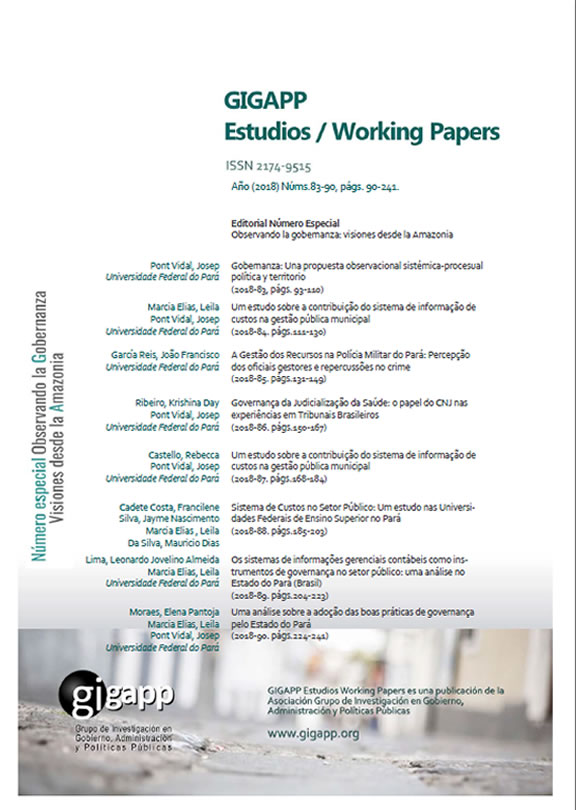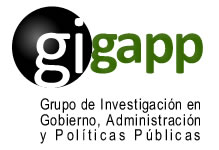A Gestión de Recursos en la Policía Militar de Pará
Percepción de los oficiales gestores y repercusiones en el crimen
Resumen
La violencia ha permeado las relaciones sociales en Brasil. El estado de Pará, localizado en la Amazonia brasileña, presentó, según el Anuario Brasileño de Seguridad Pública en 2015, un IC de homicidios igual a 41, cuatro veces mayor que el aceptado por la Organización (OMS), IC de un máximo de 10, lo que lo destaca por los altos índices de criminalidad que repercuten en el aumento de la sensación de inseguridad de la población. El objetivo del presente artículo es analizar las fases del proceso administrativo (planificación y control) de la Policía Militar de Pará (PMPA), problemas de comunicación y cuellos de botella existentes. Su justificación está ligada al aumento de la violencia y al papel preponderante de la PMPA, que es responsable por la policía ostensiva fardada, policiamiento preventivo, en el Estado paraense. En el trabajo se observa la gestión con base en las observaciones de segundo orden, realizadas/vivenciadas por los oficiales gestores de las unidades operativas de la PMPA.
Descargas
Derechos de autor 2018 João Francisco Garcia Reis

Esta obra está bajo licencia internacional Creative Commons Reconocimiento-NoComercial-CompartirIgual 4.0.
Aquellos autores/as que tengan publicaciones con esta revista, aceptan los términos siguientes:
a. Los autores/as conservarán sus derechos de autor y garantizarán a la revista el derecho de primera publicación de su obra, el cuál estará simultáneamente sujeto a la Licencia de reconocimiento de Creative Commons Attribution-NonCommercial-ShareAlike 4.0 International (CC BY-NC-SA 4.0) que permite a terceros compartir la obra siempre que se indique su autor y su primera publicación esta revista.
Con esta licencia de acceso abierto, los lectores (usuarios) pueden:
- Compartir — copiar y redistribuir el material en cualquier medio o formato
- Adaptar — remezclar, transformar y construir a partir del material
Bajo los siguientes términos:
-
Atribución — usarios deberán dar crédito de manera adecuada, brindar un enlace a la licencia, e indicar si se han realizado cambios. Puede hacerlo en cualquier forma razonable, pero no de forma tal que sugiera que usted o su uso tienen el apoyo de la licenciante.
-
NoComercial — usuarios no puede hacer uso del material con propósitos comerciales.
-
CompartirIgual — Si remezcla, transforma o crea a partir del material, usuarios deben distribuir su contribución bajo la misma licencia del original.
-
Sin restricciones adicionales: los usuarios no pueden aplicar términos legales o medidas tecnológicas que restrinjan legalmente a otros de hacer cualquier cosa que permita la licencia.
b. Los autores/as podrán adoptar otros acuerdos de licencia no exclusiva de distribución de la versión de la obra publicada (p. ej.: depositarla en un archivo telemático institucional o publicarla en un volumen monográfico) siempre que se indique la publicación inicial en esta revista
c. Se permite y recomienda a los autores/as difundir su obra a través de Internet (p. ej.: en archivos telemáticos institucionales o en su página web) antes y durante el proceso de envío, lo cual puede producir intercambios interesantes y aumentar las citas de la obra publicada. (Véase El efecto del acceso abierto).



